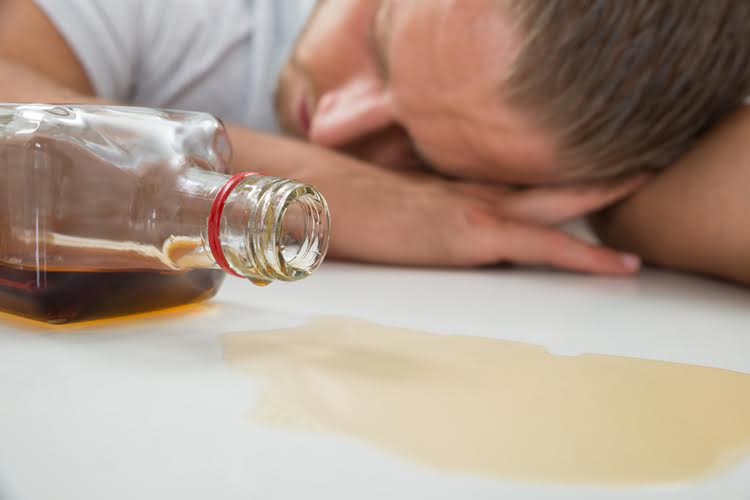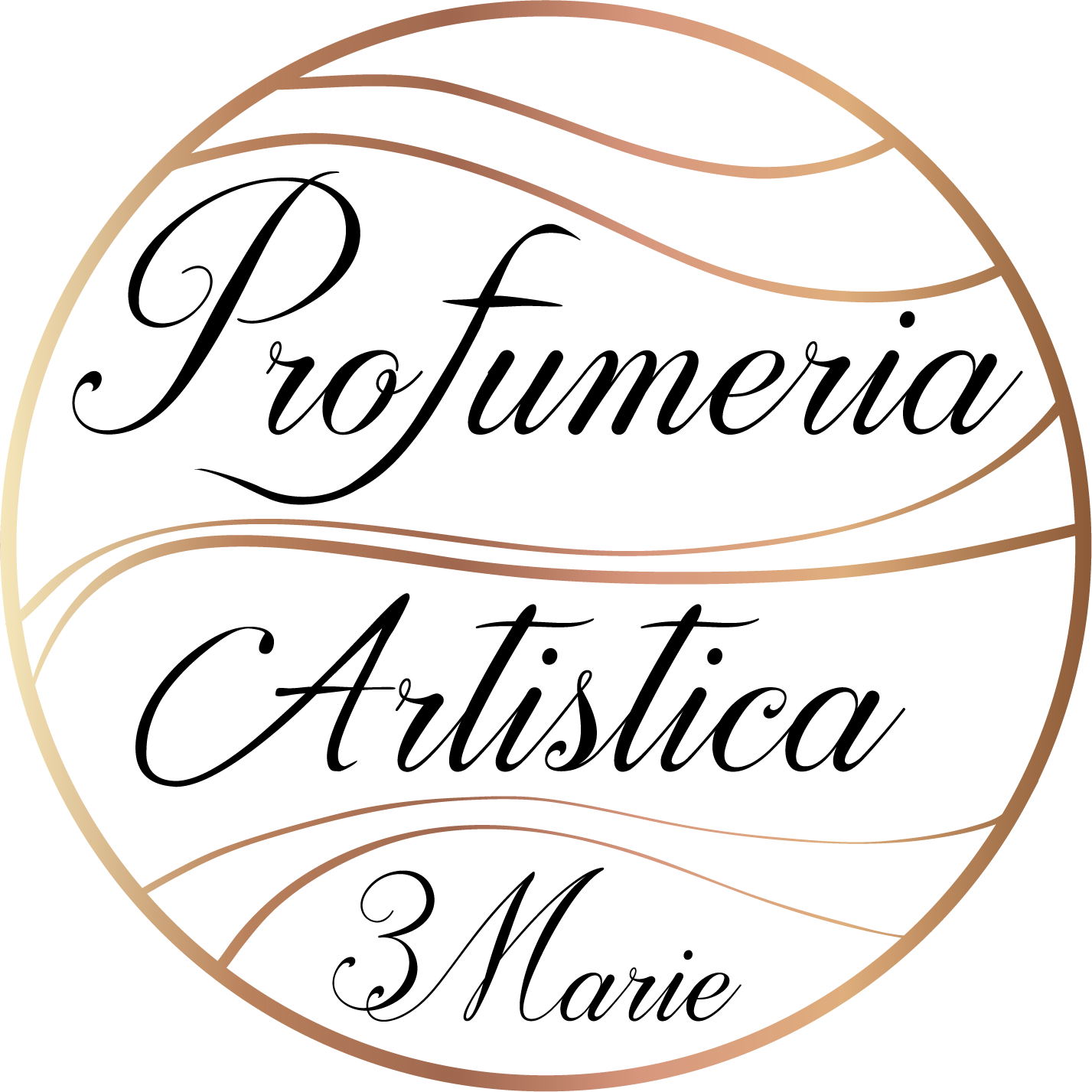Drug addiction substance use disorder Symptoms and causes
Patients can be deficient in neurotransmitters such as dopamine, making them more likely to seek external sources of endorphins. In an attempt to self-correct this deficit, some individuals may turn to opioids. Separately, a patient with first-degree relatives who have a substance abuse disorder is more likely to develop an opiate use disorder.
The claims that the injury wasn’t real, of course, were made by railroad lawyers. Some even called the condition litigation neurosis in an attempt to avoid payouts. Some 20 million Americans experience pain so severe that it is disabling. We’ll be able to tell you if your insurance provider is in network with an American Addiction Centers treatment facility. These are lab-made opioids, which are mixtures of synthetic and natural opioids.
How can I help a loved one with opioid use disorder?
Several drugs are available that can help people discontinue opioid use by reducing cravings or blocking the pleasant feelings that opioids cause. Opioid use disorder is a complex disease, and treatment works best when tailored to the individual. There is not a single approach that works well for everyone, and a person may try several therapies before finding the ones that support lasting recovery.
- OUD is an extensive disorder; healthcare specialists must assess many other signs and symptoms to provide proper diagnosis and treatment.
- Despite manufacturer claims, these are chemical compounds rather than “natural” or harmless products.
- There are many different types of opioids, some available through a prescription while others are entirely illegal.
While treatment options have mainly remained the same over the past decade, some recent changes have helped improve the availability of treatment medications. Inpatient treatment for opioid addiction may be a good option for someone wanting a lasting separation from their addiction. This signs of opioid addiction type of treatment ensures the highest likelihood of success to those looking to reclaim control of their lives from opioid addiction. People who are addicted to opioids may still hold down jobs and other responsibilities, maintaining the appearance of stability at work and home.
How to treat opioid use disorder
The patient can be hypothermic or bradycardic, with limited responsiveness or unconsciousness. However, a person who abuses drugs in large amounts or over extended periods of time is more likely to fall victim to an addiction. Recognizing the telltale signs of Opiate addiction can be a challenge. Learn how to identify and treat an addiction to these types of prescription drugs. The National Institute on Drug Abuse says between 8 and 12% of people using opioids to treat chronic pain develop OUD. If you or a loved one is ready to seek help for an addiction, the first step is to find a physician or other health professional who can help.
An interprofessional team working together can reduce the morbidity and mortality of chronic opioid use and overdose. Naloxone can be a life-saving treatment for a patient on chronic opioids. The long-term outcomes for detoxification and drug rehabilitation are promising. Naltrexone works by blocking opioid effects and helps maintain abstinence from opioids by being a mu-receptor agonist.
Prescription Opioids & Illicit Use
They will administer an opioid withdrawal medication, such as methadone or buprenorphine, which alleviates withdrawal symptoms and cravings. They’ll also provide supportive care, such as intravenous fluids or symptomatic https://ecosoberhouse.com/ medications for symptoms that aren’t managed by withdrawal medications. Furthermore, the possibility of addiction, dependence and withdrawal symptoms must merit consideration when treating opioid use disorder.

Talk with your health care provider or see a mental health provider, such as a doctor who specializes in addiction medicine or addiction psychiatry, or a licensed alcohol and drug counselor. Your doctor may prescribe certain medicines to help relieve your withdrawal symptoms and control your drug cravings. These medicines include methadone (often used to treat heroin addiction), buprenorphine, and naltrexone. Opioid use disorder is a complex mental health and brain condition. Opioids affect your brain, including your decision-making ability.
Though its cause is not yet fully understood, contributing factors may include how opioids affect an individual’s brain as well as family history and environmental and lifestyle factors. Like other diseases, opioid use disorder has specific symptoms and a pattern of progression (it tends to get worse over time), and treatments may help bring it under control. The Mainstreaming Addiction Treatment (MAT) Act provision updates federal guidelines to expand the availability of evidence-based treatment to address the opioid epidemic. The MAT Act empowers all health care providers with a standard controlled substance license to prescribe buprenorphine for opioid use disorder (OUD), just as they prescribe other essential medications. The MAT Act is intended to help destigmatize a standard of care for OUD and will integrate substance use disorder treatment across healthcare settings. Because of the risk of opioid misuse, it’s often hard to get your healthcare professional to raise your dose or renew your prescription.
Long-term treatment is the most viable option to limit adverse effects of addiction and improve an individuals day-to-day life. In fact, many people choose to stay physically dependant on opioids in order to avoid going through withdrawal. This is why medication-assisted treatment (MAT), performed in an controlled environment is perhaps the best way to pursue opioid withdrawal. However, the largest complication of opioid withdrawal is returning to drug misuse. Most deadly overdoses occur in people who just gone through detox.
Common approaches used in treatment
Currently, there are very few places, aside from inpatient treatment facilities, that offer all of these components in conjunction with each other. With tobacco, we came up with all kinds of wild and crazy and unique and interesting ways to attack this. I actually went to every state in the country — every single state — and gave speeches [about the tobacco settlement] before legislators.
They may order drug tests and evaluate prescription drug monitoring program reports. AAC takes addiction seriously and approaches treatment with a whole-body approach. Treatment plans take into account not just substance use, but also mental health, physical health, social concerns, and anything else that may be going on. These plans evolve throughout the program as you progress in recovery. If you are dealing with opioid use disorder, a mental health or addiction medicine specialist can help you determine the next steps.
